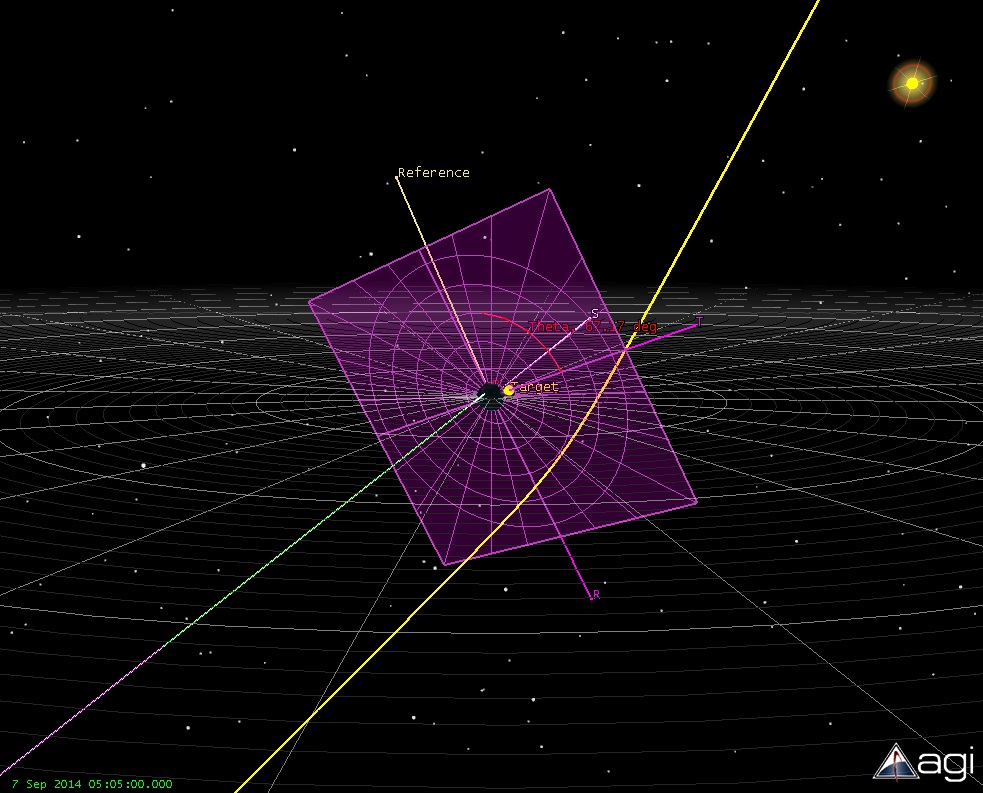
(SOURCE: Is Earth in danger because of star Gliese 710?) “A new study reveals that Gliese 710, a star in the constellation Serpens Cauda, could lead to comet shower during a close encounter with our solar system and prove to be extremely destructive for Earth, leading to cataclysmic events…”
Most of the stars we see when we gaze into the night sky are hundreds or thousands of light years away. Some of the brightest ones are closer; Sirius is 8.611 light years distant, and Alpha Centauri, the closest star, is 4.367 light years away. These stars pose no danger, they rotate around the center of the galaxy much the same as our own sun does – aren’t getting any closer.
But on rare occasion there are rogue stars hurtling through the cosmos on an unusual trajectory that brings them close to our solar system. In recent decades there has been a lot of speculation regarding an alleged stellar visitor named Nibiru, with conspiracy

bloggers posting photos of lens flares and sun dogs and claiming that Nibiru has finally gotten close enough to see and will soon cause a pole shift or some other catastrophe or fulfillment of prophecy.
But there is a very real star that will come relatively close to Earth in humanity’s future – one that will be easy to see with the naked eye even in daytime – just not soon enough to affect us or anyone we know… As this article describes: “For quite a while we’ve known that another star is heading our way, and now astronomers have not only confirmed that prediction, but said it’ll be closer and sooner (a bit) than we thought.
The star is called Gliese 710, which is about 60 percent the mass of our Sun. It’s a dwarf star that, in a bit over a million years, will come within a fifth of a light-year of our Solar System.
At that distance, it is some cause for concern, as it will be well within the Oort cloud – a vast cloud of comets that surrounds our Sun up to a light-year away. It’s possible it could send some of these comets flying inwards towards the planets, or even disturb the planets with its gravitational pull.
Thanks to the first batch of data from the European Space Agency’s Gaia space observatory, astronomers Filip Berski and Piotr Dybczyński were able to refine this prediction in 2016. They said it would make its closest approach in 1.35 million years, at a distance of 0.25 light-years, or 16,000 times the Earth-Sun distance.
But now that the second batch of data is out, two astronomers have refined this even further. In a short paper published on arXiv, astronomers Raul de la Fuente Marcos and Carlos de la Fuente Marcos from the University of Madrid say the star is going to come closer and sooner.
Their calculations suggest it will brush the Solar System in about 1.29 million years, at a distance of just 0.07 light-years. [That’s almost 100 times closer than any other star!] That’s just over 4,000 times further than Earth is from the Sun, and just 100 times further than the orbit of Pluto.
“Our results… suggest a closer, both in terms of distance and time, flyby of Gliese 710 to the solar system,” the researchers wrote in their paper. While they say that the star is unlikely to have a gravitational effect on the planets, the close approach “may trigger a major comet shower that will affect the inner solar system.”
If another star with mass similar to our sun comes within the edges of our solar system, it could be extremely disruptive – not just disrupting swarms of comets from the Oort Cloud, but possibly nudging planetary orbits out of whack. Human civilization already suffers enough from a 13,000 year cycle of catastrophic pole shifts – I for one am glad this stellar intruder will not invade our personal space for over a million years. Hopefully by then humanity will have achieved the means to deal with it, and not suffer the fate of the dinosaurs…

